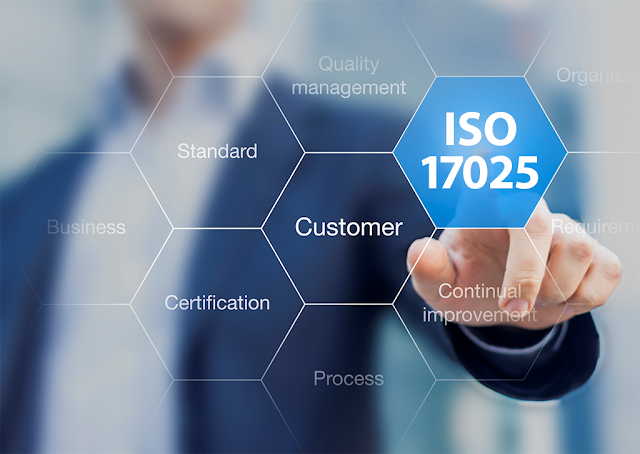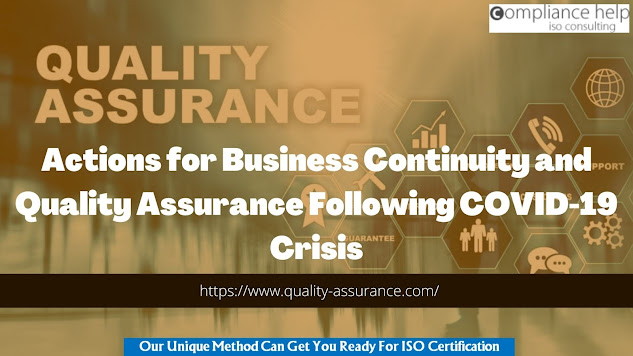Checklist of ISO 17025 Accreditation
Everyone knows that ISO 17025 is an international standard for testing and calibration laboratories. This standard specifies certain requirements for the calibrating laboratories so that they can demonstrate the efficiency of their Quality Management System of QMS. This standard also helps the laboratories to demonstrate their technical competence to do the work they are expected to do.
ISO 17025 standard is made of five clauses, such as:
1. Scope
2. Normative References
3. Terms and Definitions
4. Management Requirements
5. Technical Requirements
Recently, this standard has gone through a revision. Here, we are going to discuss the checklist that an organization needs to consider while thinking about ISO 17025 accreditation. Among the five clauses, clause four and five are of importance. We will discuss these two clauses in details while a brief account of each of the rest three clauses will be given.
I. Scope
Scope should contain a clear description of everything that a laboratory does and for which it is claiming the accreditation. A lab needs to set out its specific strategies for performing its testing. The lab should list their particular measurements. The scope should clearly define how the performance of the lab has been measured and how it shows the competence of their staff and use equipment.
II. Normative References
Normative references refer to a list of documents, which have been cited in a “way that can make them indispensable for the application of the document”
III. Terms and Definition
Like ISO 9001 Quality Management Standard, ISO 17025 contains “terms and definition” clause. This clause explains the terms and definitions associated with the Quality Management System of a calibration laboratory.
IV. Management Requirements
This important clause is divided into fifteen sub-clauses including:
1. Organization- Organization includes legal status, facilities, responsibilities, management of confidential information, and management structure.
2. Management- This subclause includes the establishment, implementation, and maintenance of the QMS, issuance of a quality manual and quality policy, employee competence etc.
3. Document Control- Document control includes controlling all the documents, approving and issuing documents, and modifying the documents.
4. Reviewing Requests, Tenders & Contracts- It comprises policy and methods required for reviewing the requests, tenders, and contracts.
5. Subcontracting tests & Calibrations- This sub-clause is based on poly and procedures of subcontracting the testing and calibrating works.
6. Purchasing Services & Supplies- It describes the processes of choosing and purchasing supplies and services that may have impact on the quality of the calibration during the tests.
7. Service to the Clients- This section insists on communication and cooperation with potential clients.
8. Complaints - This sub-clause includes policy and procedures for recording and sorting the complaints.
9. Controlling Non- Conforming Testing /Calibration Work- It explains the policy and procedures for managing the conforming work or problems found in the QMS.
10. Improvement- This sub-clause describes the importance of maintaining the continual improvement of the QMS of a lab.
11. Corrective Actions- This section points out the importance of identifying the flaws and initiate the corrective actions.
12. Preventive Actions- This subclause includes policy and procedures for detecting and taking preventive actions.
13. Controlling Records- This section includes methods of controlling the records, such as identification, collection, indexing, filing, storage, maintenance etc.)
14. Internal Audits- Internal audit specifies policy and methods for performing internal audits and finding the implementation of the findings
15. Management Reviews- Management review of ISO 17025 accreditation includes procedures for management review, policies, audit fillings, corrective and preventive action, and customer feedback.
V. Technical Requirements
Technical requirements include sub-clauses. These are- personnel (laboratory objectives, training, and skills, policy for identification of the need for training, description of how the effectiveness of training should be measured, training procedures, routine for approval, overview or responsibilities etc), accommodation and environmental conditions. Testing and calibration methods, selection of methods, laboratory-developed methods, estimation of uncertainty of measurement, control of data, equipment, measurement traceability, sample collection, testing methods, the accuracy of reports etc.
This checklist will help you ensure your ISO 17025 accreditation. Good Luck!



Comments
Post a Comment